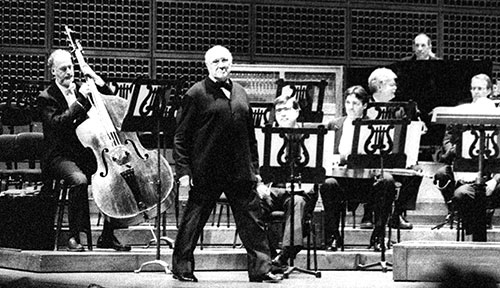Paris travel tips
TL:DR Some quick tips for friends & family travelling to Paris
France is the world’s most popular destination for tourism, and its capital is of course the entry point for most visitors. The Paris region has a population of 9 million, but Paris intra muros (Paris within the walls, the deep historical core city within the Périphérique ring road) is only about 2 million.
Driving within Paris proper is a nightmare, and completely unnecessary given the quality of the regional public transit network. Going to suburbs like Versailles or Saint-Germain en Laye is easy, but going from one suburb to another is harder because the public transport network is radial, you often have to go all the way back to Paris to transfer, although the situation is improving.
The CityMapper app is very useful for figuring out the best transit options to your chosen destination. Since 2005, the entire region has a flat €2.50 charge, or €2 if you limit yourself to buses or the Paris Métro (this does not include the airports, for which there is a surcharge). The easiest way to move around is to use the official Île de France Mobilités app, you can load individual tickets or day/week passes onto your phone if it supports NFC as most do nowadays.
Of course, France is renowned for its food and no visit to Paris is complete without sampling its treats. I’ve made a custom map. David Lebovitz’s blog and book The Good Life in Paris is also an excellent resource, and more up-to-date than anything I can produce from afar.
I won’t cover the major tourist attractions, but here are a few off-the-beaten-path ones:
- The Musée des Arts & Métiers has a wealth of ancient scientific and technical exhibits, like Foucault’s original pendulum, king Louis XIV’s machines (he had a hobby building mechanical machines), Caselli’s Pantelegraph, a 1860s fax machine, and much much more.
- The Palais Galliéra is a museum dedicated to fashion. It doesn’t have permanent collection, only rotating special exhibitions, and sometimes workshops as well.
- The Promenade Plantée is the inspiration for New York’s High Line and other imitators. It’s a raised railway viaduct converted into an urban park, and under its arches the Viaduc des Arts houses arts & crafts shops as well as a number of foodie outlets.
- The Musée de la Magie is a museum devoted to stage magic, in one of the oldest parts of Paris where you can still see the remains of Philippe-Auguste’s fortifications nearby. It has workshops for children on Wednesday, with some coverage in English, but you would be best asking if one of the teachers is proficient first.
- The Fragonard perfume company has English-language workshops in their flagship store near the Opéra.
- The Musée des Plans-Reliefs (English brochure) in the majestic Hôtel des Invalides has a unique collection of 3D scale models of cities and fortifications, built for military planning purposes from Louis XIV onwards.
- Outside Paris in Élancourt, the France Miniature amusement park has scale models of all of France’s top attractions, plus a few more physical activities like ziplines. You do need to drive to get there, however.
- The Terrasse de Saint-German-en-Laye and the Parc de Saint-Cloud have outstanding views of Paris.
- Lines for the Eiffel Tower are often very long. The views from the much less crowded Tour Maine Montparnasse are just as good, and as a bonus you can’t see that modernist carbunkle from itself…
